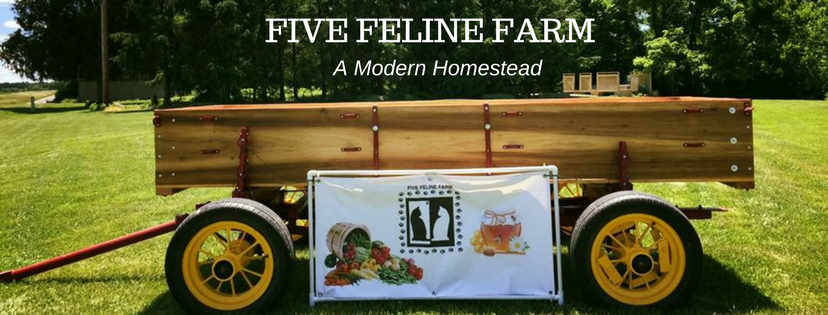It’s late October at the Farm and we are enjoying the last of garden fresh vegetables. Sweet potatoes, carrots, spinach, peppers and lettuce were all harvested before the killing frost.
Of course I take this bounty as a sign that I should create a new recipe. Add that to my recent infatuation with broth bowls and I’m off to the kitchen to create a meal.

I have found that I can flavor a broth easily with the following technique. Pour two cups of bone broth into a 4 cup microwave safe bowl. I use a pyrex measuing cup. For the bone broth, I use either home made or an organic one in a carton. Into the 2 cups of broth, add 1 inch piece of ginger, thinly sliced, 6 to 8 one inch pieces of lemongrass and a couple of peppercorns. Microwave on high for 2 minutes, then let sit while prepping the rest of the ingredients. Heat again just before pouring over the bowl.
What goes in the bowl?
Rice or noodles. If I’m using rice, my favorite is the high protein Cahokia rice grown in Southern Illinois and available on Amazon. It is also reportedly available in some grocery stores. Sometimes I use plain ramen noodles and prepare according to package directions. Plain ramen noodles are now available at my local Walmart. In a pinch, you could probably use just the noodles from the cheap packages and discard the high sodium flavoring packet.
Add some toppings.
Choose a variety of colors of vegetables and proteins to make the bowl interesting. I have been using bite sized chunks of sweet potatoes, julienned carrots, poblano and sweet peppers, strips of chicken breast, plus shreds of spinach. All of the toppings are either oven roasted or steamed before adding to the bowl. I keep each topping separate to place around the top of the bowl.
Put it all together.
Once all ingredients are ready, assemble the bowl.
Place the rice or ramen, whichever you are using in the bowl, top with vegetables and a few shreds of fresh spinach. Pour the hot broth over the bowl, which will slightly tenderize the spinach. Top with cilantro, Sriracha sauce and/or soy sauce as desired.
Follow us on Facebook, Twitter and Instagram to find out more about Five Feline Farm. Plus, check out our weekly podcast Farm Chatter to hear us talk about what is happening here at the Farm.






